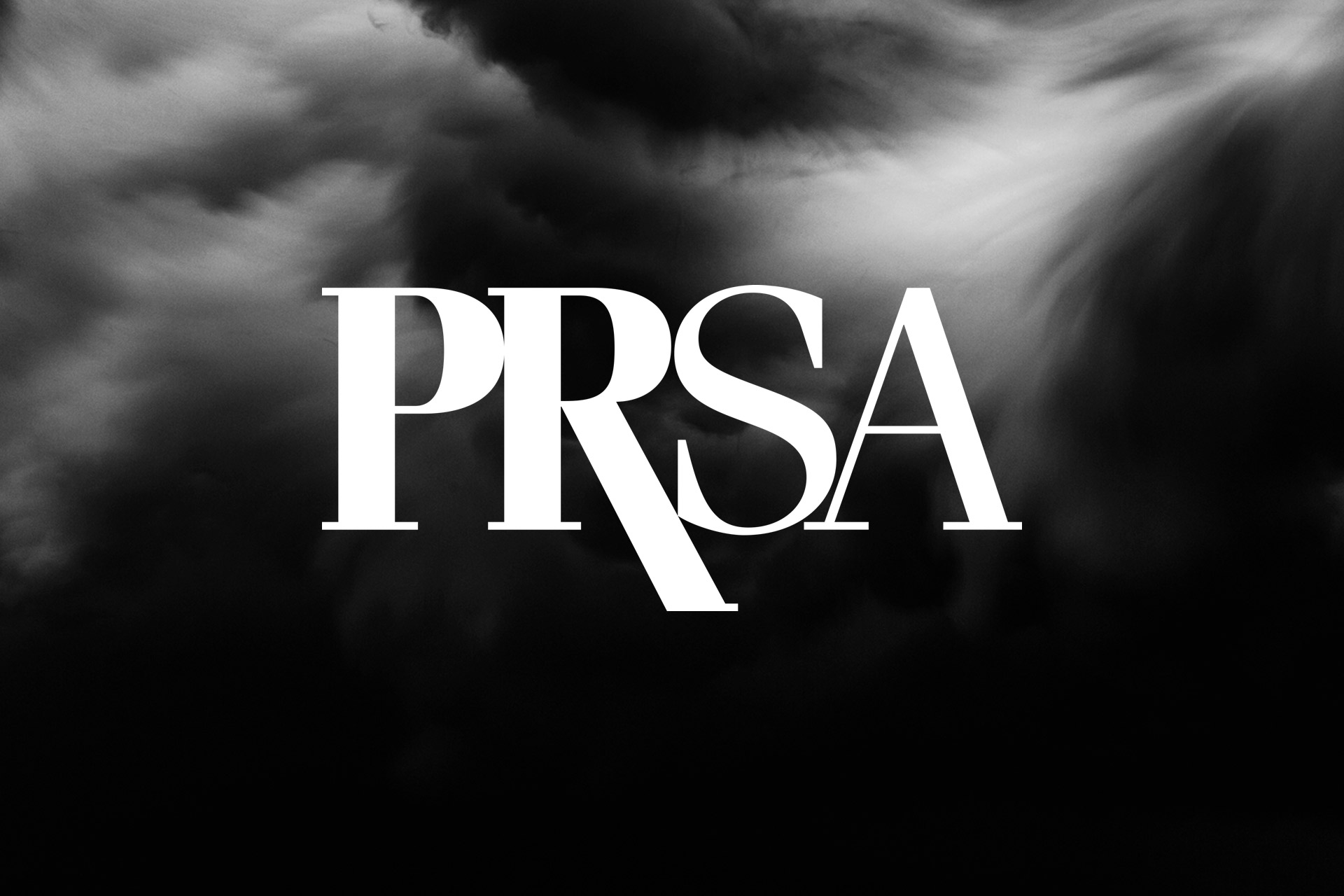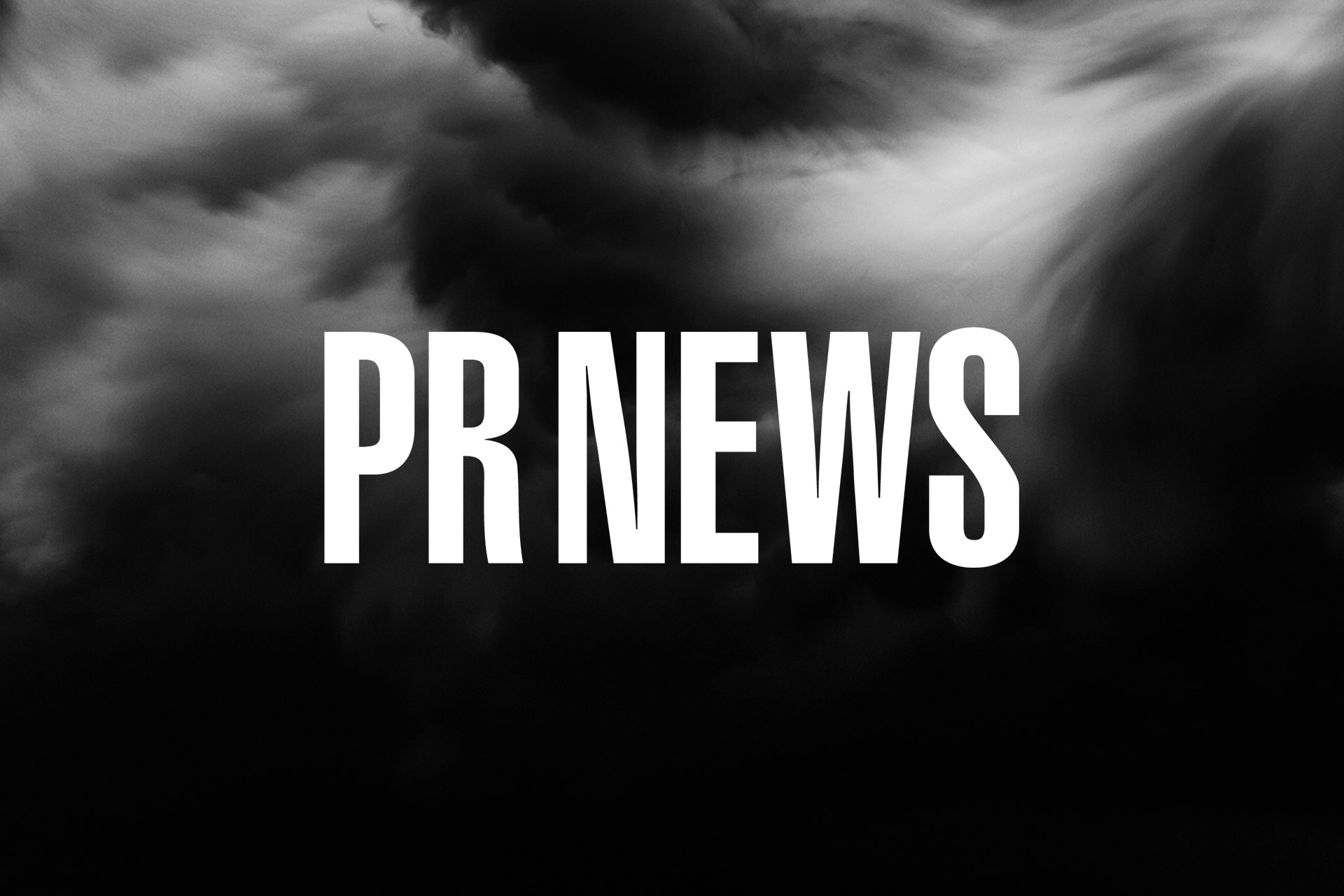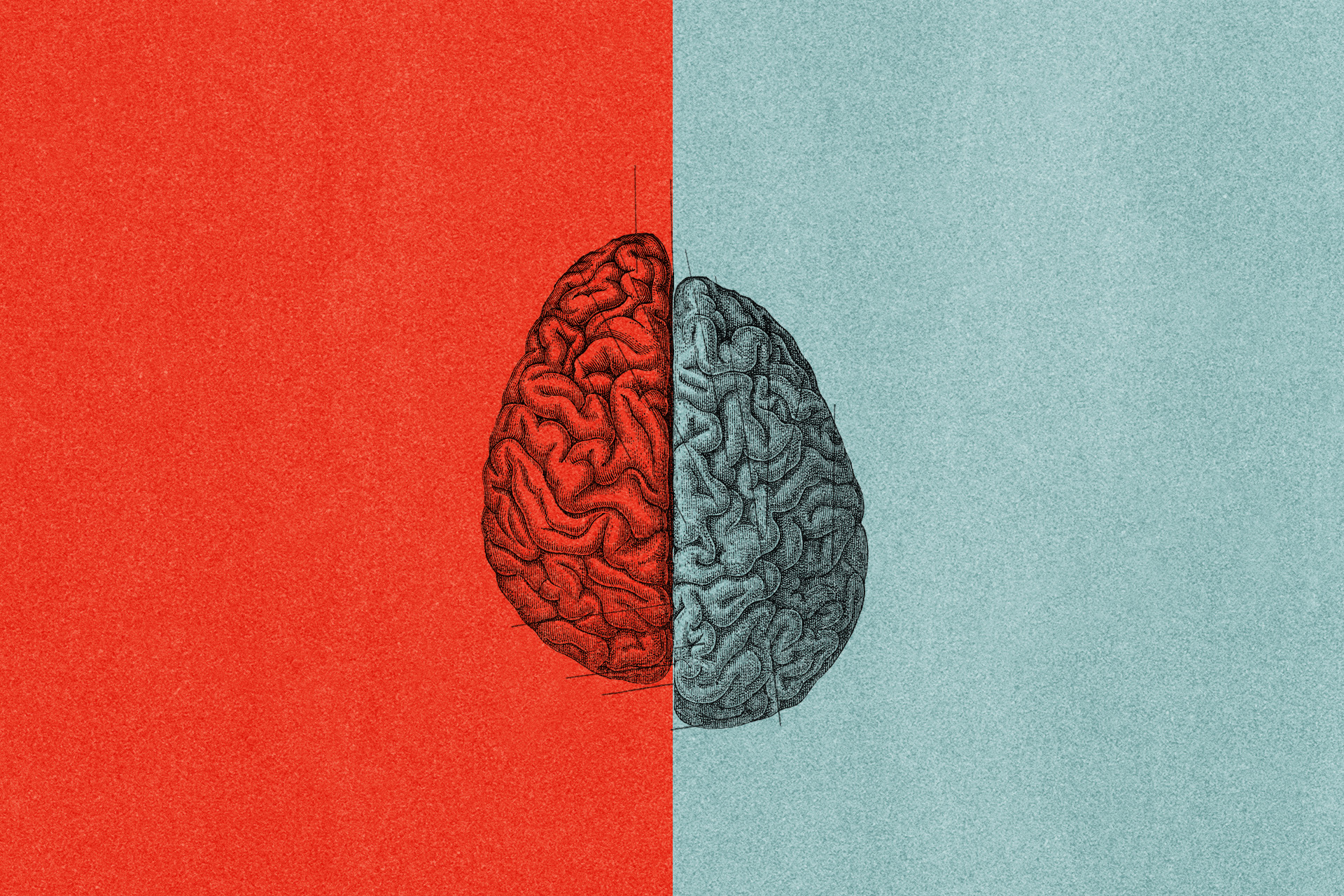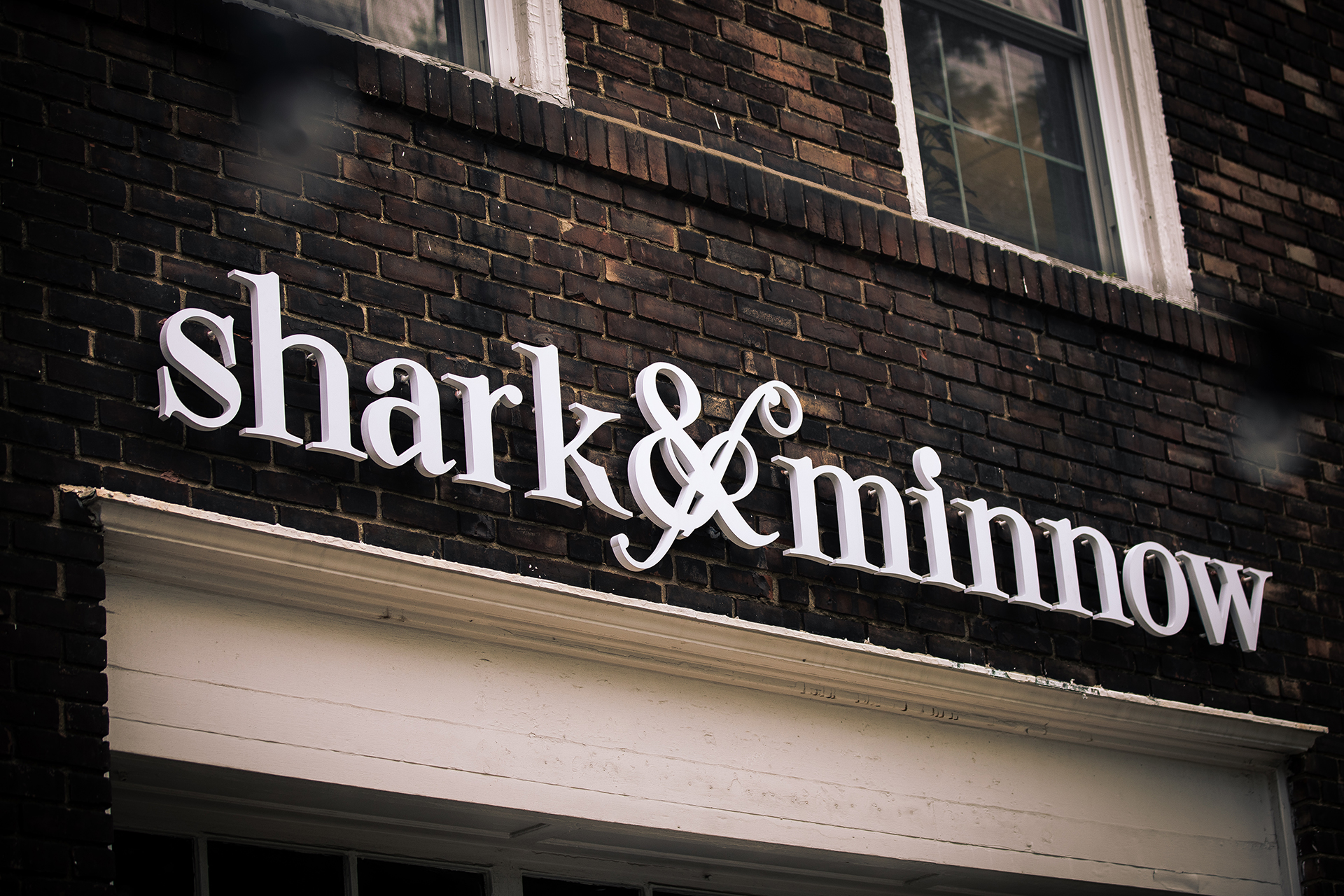When I moved to Boston over a year ago to work for Modernista! on the Cadillac account, I quickly put an ad on Craigslist to join a band. Throughout high school and college, I had been in a band, but took some time off to focus on my masters program at Michigan State University. To say the least, I was anxious to get back into music. Soon after joining my new band, I found out that all of my band members were neuroscientists at well-renowned universities – Boston College, Harvard and MIT. Frequently while waiting for shows to begin, we would sit together and debate our set list for the evening. The discussion would usually focus on music, but every so often neuroscience would become the topic of discussion. It was interesting to hear their thoughts and ideas on neuroscience, however I couldn’t help but think how neuroscience could be applied to advertising.
Brand Image and Loyalty
A few years ago, I read an article in the New York Times that explained the convergence of cognitive neuroscience and marketing. Since then I have been very interested in how advertising and marketing affects culture and more specifically the brain. The NYTimes article that inspired my interest in neuromarketing was “There’s a Sucker Born in Every Medial Prefrontal Cortex” by Clive Thompson. It announced the rise of neuroscientists and researchers applying their expertise to marketing. Instead of using the normal marketing research technique of surveys or focus groups to gain insight, they used MRI (magnetic resonance imaging) to analyze brain activity when exposed to different stimuli. The article predicted that marketers would soon have departments dedicated to neurology in order to reveal deeper insight into consumer behavior. Further, brain activity in specific areas of the brain could explain brand engagement. Historically, it was thought that the ventral putamen (the region of the brain that processes feelings of reward) could explain brand preference. However, more precisely, it is the medial prefrontal cortex that explains brand engagement. The medial prefrontal cortex would activate when individuals felt a connection with the brand or if it reflected their self-image. The study featured was the famous Pepsi/Coke Challenge.
Growing up in the ’80s, I remember seeing many commercials about the famous Pepsi/Coke Challenge – an illustrative example of product comparison rooted in research. But what was interesting about this experiment was not necessarily the results, but the process. The initial results of the challenge were clear, Pepsi was the winner. Unaided brand preference was stronger for Pepsi than Coke. In fact, brain activity in the ventral putamen for Pepsi drinkers was “five times as active when drinking Pepsi than that of Coke fans when drinking Coke.” However, consumers are exposed to an array of brand communications and true rational preference is often affected by one’s emotions. To take this into consideration, the experiment was repeated. This time, the participants were informed which samples were Coke. The results were astonishing, almost all of the participants said that they preferred Coke.
“The brain activity of the subjects was now different. There was also activity in the medial prefrontal cortex, an area of the brain that scientists say governs high-level cognitive powers. Apparently, the subjects were meditating in a more sophisticated way on the taste of Coke, allowing memories and other impressions of the drink – in a word, its brand – to shape their preference.”
Obviously, for advertising professionals this is very exciting – it provides evidence on the true impact of branding. Further, it’s exciting to imagine the future of brand planning in this regard.
Brand Recognition
We are exposed to over 2 million advertising messages during our lifetime. This translates to 8 hours a day, 7 days a week, for 6 years. Consumers leverage selective perception to acknowledge the messages they find meaningful and important. When launching a new product, how do you ensure that your brand is recognized? According to neuroscientists, marketers need to capture consumers’ attention at a subconscious level in order for their message to resonate with the consumer. This requires emotional branding that can affect the consumers rational preferences.
A brand that has truly captivated their target audience is Tiffany. That famous little blue box. Just the sight of the white ribbon wrapped around that blue box provokes so many emotions. The Tiffany logo is on the box, but not visible when the ribbon is on the box. The idea that the little blue box provokes so many emotions is best explained in an AdAge article titled “You May Love the Logo, but It’s a Dying Breed” by Martin Lindstrom and a segment from the NPR program Talk of the Nation titled “The ‘Buyology’ Behind The Way We Shop” featuring Lindstrom as well.
In both the article and NPR segment, Lindstrom references Marlboro. Whether you are a smoker or not, you probably recognize the famous Marlboro man. This character created by the advertising agency, Leo Burnett in the ’50s has become an iconic image. The same has become true for the brand’s sponsorship of a red Ferrari in Europe’s Formula One racing. Lindstrom was curious if “cigarette cravings could be triggered by images, such as the red Ferrari, that are tied to a brand of cigarette, but not explicitly linked to smoking?” Lindstrom found the answer to this question by using MRI and fMRI (functional magnetic resonance imaging). The brain scans revealed increased brain activity when exposed to cigarette packs as well as the Western imagery in a small region of the brain called the nucleus accumbens, which controls pleasures and addictions. However, the unbranded images (e.g. cowboy) activated more cravings among smokers than the branded images (e.g. cigarette packs). The same is true for the Coca-Cola bottle. Just the shape of the bottle may activate the nucleus accumbens in some individuals.
Essentially, through branding, these images have come to embody the essence of the brand. The little blue box, Coke bottle and cowboy, activate areas of the brain at a subconscious level, resulting in strong emotions and ultimately a desired behavioral reaction. Critics may call this subliminal advertising, however when a brand logo or symbol become recognizable at an iconic level, it may reach the consumer at an subconscious level, however the intention is not destructive, but a natural development of human psychology.
Brand Engagement
Apple’s PC vs. Mac campaign has been very successful, not only at creating a strong point of differentiation between themselves and the competition, but also establishing a strong brand image by engaging the consumer. According to an AdAge article titled “Is the Ad a Success? The Brain Waves Tell All” by Stuart Elliott, after the winners of Cannes and the Effie Awards were announced in 2007, a neuromarketing firm measured the brain activity of participants when viewing the winning commercials. They measured biometrics of the brain waves, galvanic skin response, eye movements and pulse rates. The results found brand engagement as the differentiating factor.
“Fifteen of the 19 Cannes and Effie winners engaged consumers faster than average spots. Typically, a spot engages with viewers in 5 to 7 seconds. The Cannes and Effie ads engaged, whether emotionally or cognitively, in 1.5 seconds.”
This is very interesting considering that both awards recognize excellence in advertising on different attributes: Cannes recognizes creativity, while Effie recognizes effectiveness. Essentially, this tests emotional and cognitive advertising in the same manner and the result is that both methods are effective. But more importantly, it is brand engagement that defines success. For example, the Apple PC vs. Mac “Get a Mac” campaign won the Grand Effie at the 39th annual Effie Awards in 2007 and the Volkswagen “Safe Happens” campaign won the Gold Lion at Cannes in 2007. It’s the cognitive reaction to the emotional moment that grabs the consumer.
The success of Apple’s iPod branding is pervasive. It’s impossible to walk downtown in any city and not see those white earbuds. However, from a holistic perspective, it’s interesting to see how the Apple brand stimulates brain activity. In a segment from the NPR program “Weekend Edition,” titled “Study: Apple Logo Stimulates the Brain,” Duke researcher Gavan Fitzsimons, investigates what responses participants have to the Apple logo. In Fitzsimons’ study, participants were exposed to an Apple or IBM logo prior to completing a creativity test. The results showed that those exposed to the Apple logo scored 20-30% higher than those exposed to the IBM logo. Thus correlating creativity with Apple and competence, organization and professionalism with IBM. Therefore, consumers should surround themselves with brands that reflect their perceived or ideal self-image to help bring these attributes to fruition or even augment existing attributes. For brands, this means niche marketing and reaching those consumers that you want to embody your brand and opinion leaders that will help disseminate the brand image you desire.
Reach and Frequency
The question that has plagued media planners for years: What is the most effective method to communicate with consumers? This is of course dependent on the client and current market environment, however it often results in an integrated media plan and a balance of reach and frequency. However, what if you were able to determine the exact moment when it was best to communicate with your consumer? Or to communicate with your consumer at the exact frequency required to be the first brand in their consideration set? This question can be answered by applying a unique algorithm to each consumer. This is investigated in a Wired article titled “Want to Remember Everything You’ll Ever Learn? Surrender to This Algorithm” by Gary Wolf. A man by the name of Piotr Wozniak, created a program called SuperMemo, which is designed around the notion that “there is an ideal moment to practice what you’ve learned” in order to have it ingrained in your memory.
“Practice too soon and you waste your time. Practice too late and you’ve forgotten the material and have to relearn it. The right time to practice is just at the moment you’re about to forget. Unfortunately, this moment is different for every person and each bit of information. Imagine a pile of thousands of flash cards. Somewhere in this pile are the ones you should be practicing right now. Which are they?”
What if we were able to apply this concept to advertising? What if we communicated to each consumer exactly at the moment we needed to? After reading this article, I wanted to purchase SuperMemo immediately. I wanted a version integrated into my iGoogle so that it could be tailored to my lifestyle and the subjects I want to learn more about. This is when I realized the power of applications and widgets. If you created a widget for your brand with relevant information the consumer would want and applied this method, you could reach them at the exact moment when influence was needed. Of course this is almost impossible because this is the ultimate opt-in communication for consumers, but what if? The key is relevancy. Providing information the consumer truly desires and that in a convenient manner.
Advertising: Art or Science?
Will the convergence of neuroscience and marketing force our industry to become a science? And more importantly, should it? Is advertising an art or a science? My personal belief is that advertising is a balance of art and science. However, I tend to lean more toward the idea of emotional branding and engagement branding. This is best explained in Marc Gobé’s book, Emotional Branding:
“The future of branding is listening carefully to people in order to be able to connect powerfully with them by bringing pleasurable, life-enhancing solutions to their world. In the future, traditional companies will not be able to rely on their brand history or dominance in classical distributions stems, they will have to focus on providing brands with a powerful emotional content.”
Creating a unique connection with your consumer and fostering that relationship with relevant information and solutions should be the basis for your marketing communications. Then, with the help of art and science, you can augment the brand experience via consumer insight, strategic planning, creativity and continually optimizing the work.













